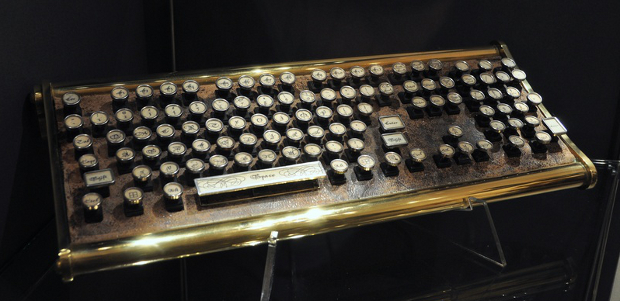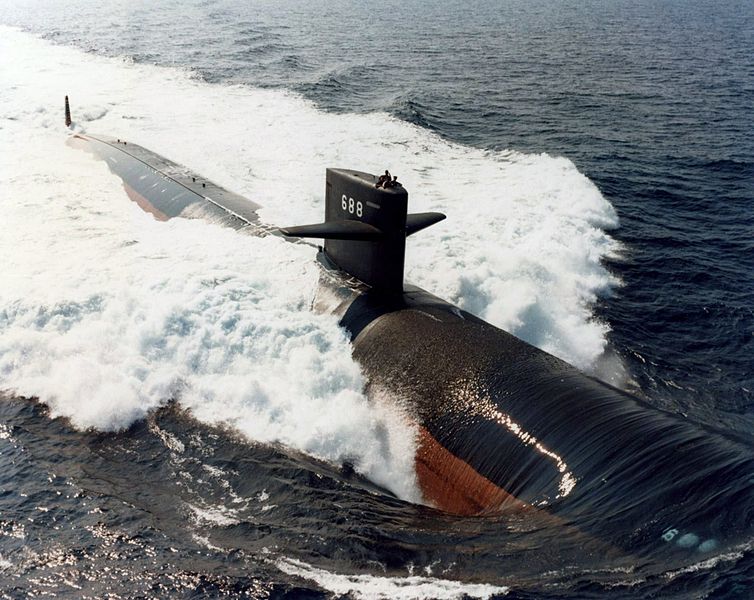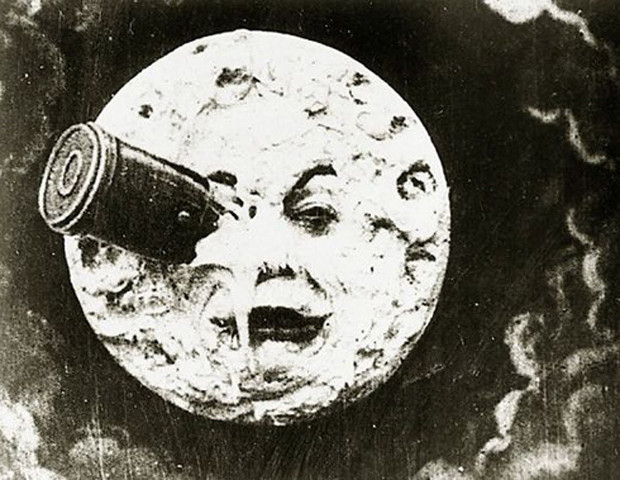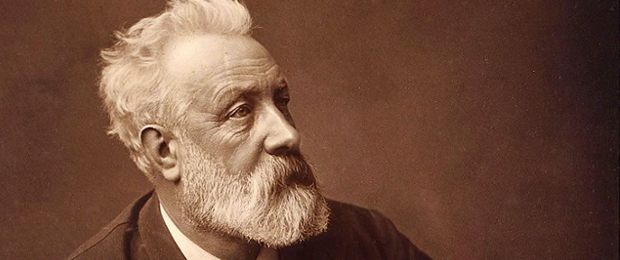Jules Verne has earned a place in the history of literature as one of the most important writers of adventure novels of recent history. But his novels contain more than just entertainment. Their pages contain hidden scientific data, descriptions of inventions and, above all, a love of technological innovations and the progress of humanity.
From his perspective as a nineteenth-century man, Verne shocked the world will tales of gadgets and vehicles that, years later, would eventually take shape outside fiction, just as Isaac Asimov did years later. His influence has been such that it has come to serve as an inspiration to an entire cultural and aesthetic movement.
Steampunk: the aesthetics of Verne in the 21st century
A quick look at the novelties appearing in the author’s books reveals one of the main features of his inventions: all are based on the reality of the technological age in which he lived. While Verne was able to imagine gadgets ahead of his time, he always used familiar elements to build them. The materials and fuels for his submarines and helicopters were the heirs of the industrial revolution.
In the late 1980s, a new literary, cultural and aesthetic movement took shape. Its followers imagine a future full of innovations … but with a difference: they are not based on the advances of their time. Instead, they took nineteenth century technology as starting point, the same that appears in the Jules Verne’s novels.
Steampunk, as it is known, brings together lovers of literature and science fiction that have a common interest in exploring a history that has not existed. What would have happened if, instead of using oil, we had continued using coal? What if the computers, phones and other devices were mechanical instead of electronic? Would smartphones have chimneys?

As far as the fans are concerned, this is largely an aesthetic movement. It matters less whether a tablet might really work with sprockets and an exhaust pipe, than what it would have looked like if it had been built.
These are his heirs but what innovations did the author describe in his texts?
The submarine
One of the French writer’s best known works is 20,000 Leagues Under the Sea. In this novel, a group of passengers are thrown overboard from the ship on which they are travelling and end up being rescued, to their astonishment, by a submarine manned by the famous Captain Nemo.
Nemo is the main character of the story, a man as dark and mysterious as his ship, with a superb intelligence that enabled him to build the Nautilus, a submarine with features never before seen by the novel’s protagonists … nor by the readers of the time.

The submarine concept was already present in the minds of many scientists and inventors, and before the publication of the Verne’s book experiments had already begun with prototypes of manned submersible artefacts. Nevertheless, the characteristics of the Nautilus exceeded all of their expectations. Verne’s submarine had advantages and comforts unimaginable in the precarious vessels that existed then. The French writer set the tone and spurred on the inventors of time.
The helicopter
Flying has been one of man’s goals throughout history, and one which has only recently been achieved. Studies to create flying machines go as far back as sketches by Leonardo da Vinci, but it was during the late nineteenth century when the helicopter as we know it began to take shape.
At the same time, Jules Verne published Robur the Conqueror, a novel in which the main character built an aircraft out of pressboard (so it had great strength and light at the same time) that flew via rotors, much like modern helicopters do. Additional rotors at the bow and stern served to propel the invention towards the heavens. Verne took the existing helicopter prototypes and imagined how they would develop.
He also rejected coal as the fuel, proposing instead electric batteries to propel the contraption. These batteries have an unknown chemical composition, but they make Verne a precursor of alternative fuels.
The moon landing
The premise is bizarre. In his novel From the Earth to the Moon, Verne describes a journey to our planet’s satellite aboard a bullet fired from a giant cannon. At the time, this idea was challenged by many scientists but we were, after all, dealing with an adventure novel and science fiction. Verne nonetheless became a reference, and his contribution permeated popular culture. In 1902, the adventure inspired film director Georges Méliès to film one of the first ever films.

Somewhat later, Around the Moon was published; this novel goes beyond the trip and follows the adventures of the heroes on the moon. Although his methods were certainly not scientifically accurate, Verne’s imagination was over a hundred years ahead of one of the most important feats in history: the arrival of the first humans to the moon.
Jules Verne was far from being a scientist, but his passion for technology and the progress being made at the time served to introduce many of the inventions that were to come and that, over time, have ended up becoming ordinary elements of our every-day life.
Images| Wikipedia, Colongavalois, Madrinalea, Cynic, Project rho.









